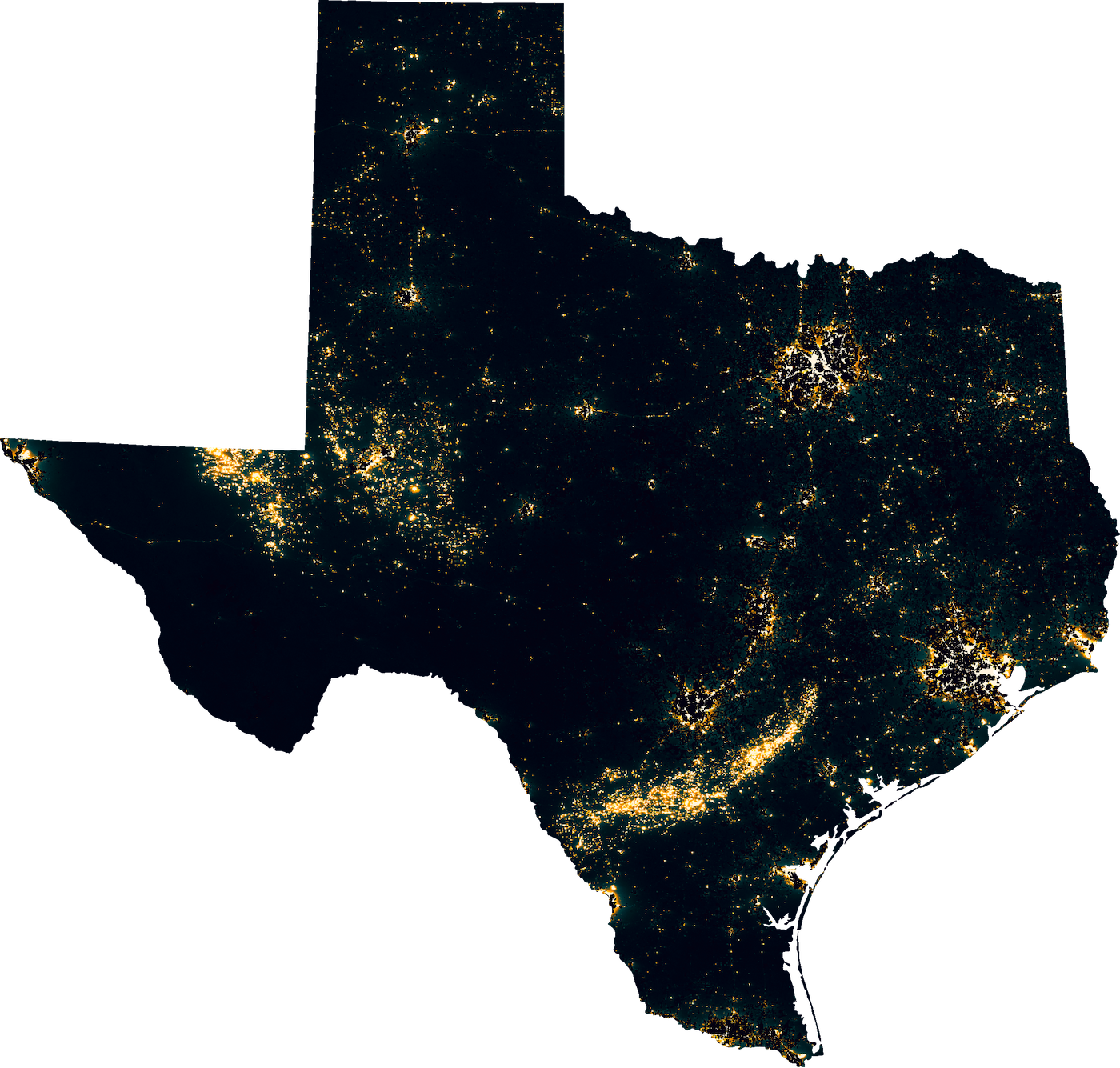Lights Out Texas
Texas is globally important for birds. Approximately 1 of every 3 birds migrating through the U.S. in spring, and 1 of every 4 bird migrating through the U.S. in the fall, or nearly two billion birds, pass through Texas. Protecting birds in Texas promotes conservation of bird populations across the Americas.
Lights Out Texas was initiated as a statewide effort in Spring 2020 to protect birds from light pollution by the Cornell Lab of Ornithology and BirdCast, with the essential support of founding Texas partners Houston Audubon, the Dallas Zoo, and the Perot Museum of Nature and Science. Thanks to this partnership effort, the Lights Out Texas initiative and pilot project made a lot of exciting news during the Fall of 2020, when Mayor Johnson issued a proclamation declaring “Lights Out Nights”.
For Spring 2021, these groups unified efforts across Texas for even bigger impact with the help of coordinating organization Texan by Nature, founded by former First Lady Laura Bush. As of Fall 2022, Audubon Texas coordinates the statewide Lights Out Texas program with the support of the Cornell Lab of Ornithology and many other supporting organizations in Texas.
The Problem:
U.S. bird populations are declining rapidly, with 1 out of every 4 birds lost since 1970. An estimated one billion U.S. bird deaths occur annually from collisions with buildings and structures, with migratory species at most risk. Attraction and disorientation resulting from light pollution concentrate migrant birds in cities. Birds are then doubly at risk for collisions and detours nocturnally, and collisions with reflective glass in commercial and residential windows.
Why It Matters:
Birds are essential to our planet’s ecology – and local economies. Birds provide ecosystem services, act as benchmarks for environmental health, increase livability, and connect people of all ages and abilities to the natural world. Birds also support the Texas economy. In the Rio Grande Valley alone, Texas A&M found that nature tourism – which is dominated by bird watching – contributes $300 million to the economy and supports 4,407 full and part-time jobs annually.
Here’s How YOU Can Make a Difference:
Building owners, businesses, developers, and homeowners can help protect migrating birds by turning off all non-essential nighttime lighting on buildings and other structures from 11:00 p.m. to 6:00 a.m. each night. You can also find out more, here, about bird friendly designs, especially important for reducing window collisions.

Tim Wallace produced this image of light pollution in Texas. Note that unlike other imagery depicting light pollution, his effort focused on adjusting such data for population, revealing areas that create an outsized amount of light pollution per capita. Of course, this image highlights the brightly illuminated urban areas of Houston and Dallas in eastern Texas.




